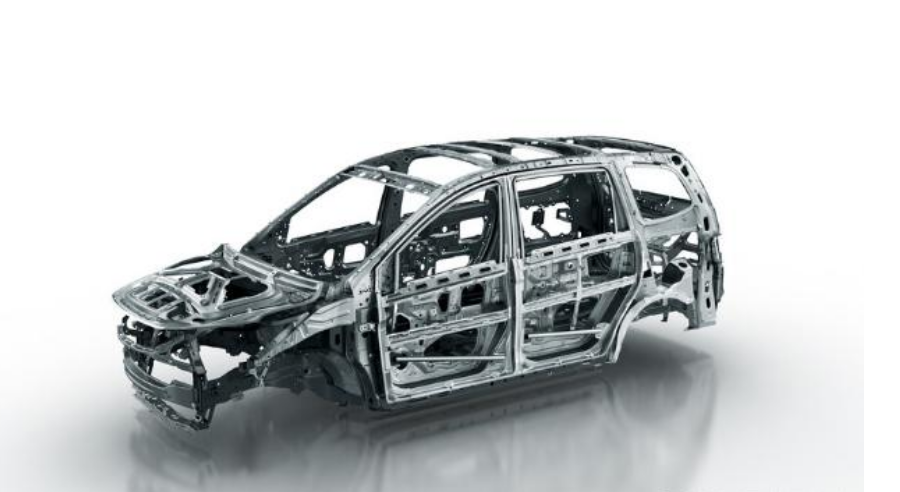An important factor affecting the yield of the aluminum profile shell is the design of the aluminum alloy die-casting mold. If the aluminum profile shell is designed unreasonably, it will affect the quality and appearance of the aluminum profile shell. Die-casting is also prone to various problems, resulting in greatly reduced production efficiency, thereby affecting the production efficiency of customers and greatly increasing production costs.
Due to the fast cooling rate of aluminum liquid during aluminum alloy die-casting, it has a strong chilling effect on aluminum alloy die-casting castings, the casting grain is refined, the structure is dense, and it has high comprehensive mechanical properties, accurate size, smooth surface, and aluminum profile shell. The quality of the body is improved, and the uncertain factors affecting the quality of the aluminum shell are also reduced, which is especially suitable for mass production. The good structure of the aluminum profile shell can minimize the machining allowance and riser size, and the process yield and blank utilization rate are improved compared with other die castings, so that the cost of castings is relatively reduced, and aluminum alloys are flexible for their flexibility. Flexibility, versatility and lower cost still have specific advantages and occupy a certain position.
Aluminum alloy has high thermal conductivity and small volumetric heat capacity. During the flow of molten metal, the temperature will drop rapidly. The liquid aluminum is active and easy to inhale and oxidize. If pouring, the oxide film formed on the surface is always complete. The molten aluminum also has a good protective effect to prevent secondary oxidation. If the pouring is not stable or not stable enough, the oxide film is broken, and the oxide slag on the surface is involved in the molten aluminum below, and it is difficult to float to the surface again. The gas is also not easy to separate out. Due to the similar density of aluminum and alumina, the internal slag inclusion of the casting is caused, and the feeding rate is large, and casting defects such as shrinkage cavity, shrinkage porosity, pinhole and slag inclusion are prone to occur. Therefore, the stability of the aluminum profile shell is stable. Pouring is very important.
In actual production, it is difficult to organically combine the advantages of the traditional metal mold gravity casting gating system. If the filling stability (bottom injection) is emphasized, a reasonable cavity heat distribution cannot be obtained; Because the cavity heat distribution is reasonable (top injection), the pouring stability is lost, and one thing is lost. Therefore, the traditional metal mold gravity casting process has long caused the disadvantageous situation of low process yield and blank utilization rate. Stable filling, sufficient feeding, and reasonable condensation sequence are the key issues to be solved in the design of the gating system.
After the improvement of the gating system, the yield of the die-casting process has increased from 50% to 73%, and the utilization rate of the blank has also increased from 68% to 97%. The data derived from this concept is quite amazing, and the quality of the castings is stable. High density, accurate size, no pinholes, easy to adjust and reduce the difficulty of cleaning.
From the above analysis, we know that the design of the aluminum profile shell is very important. If the design is unreasonable, it will not only greatly waste the precious aluminum alloy raw materials, but also cause the loss of human and material resources. Aluminum alloy die-casting technology is also a major energy-consuming and polluting industry in the manufacturing industry, so we should design rationally, reduce production costs, and increase the reuse of resources.

